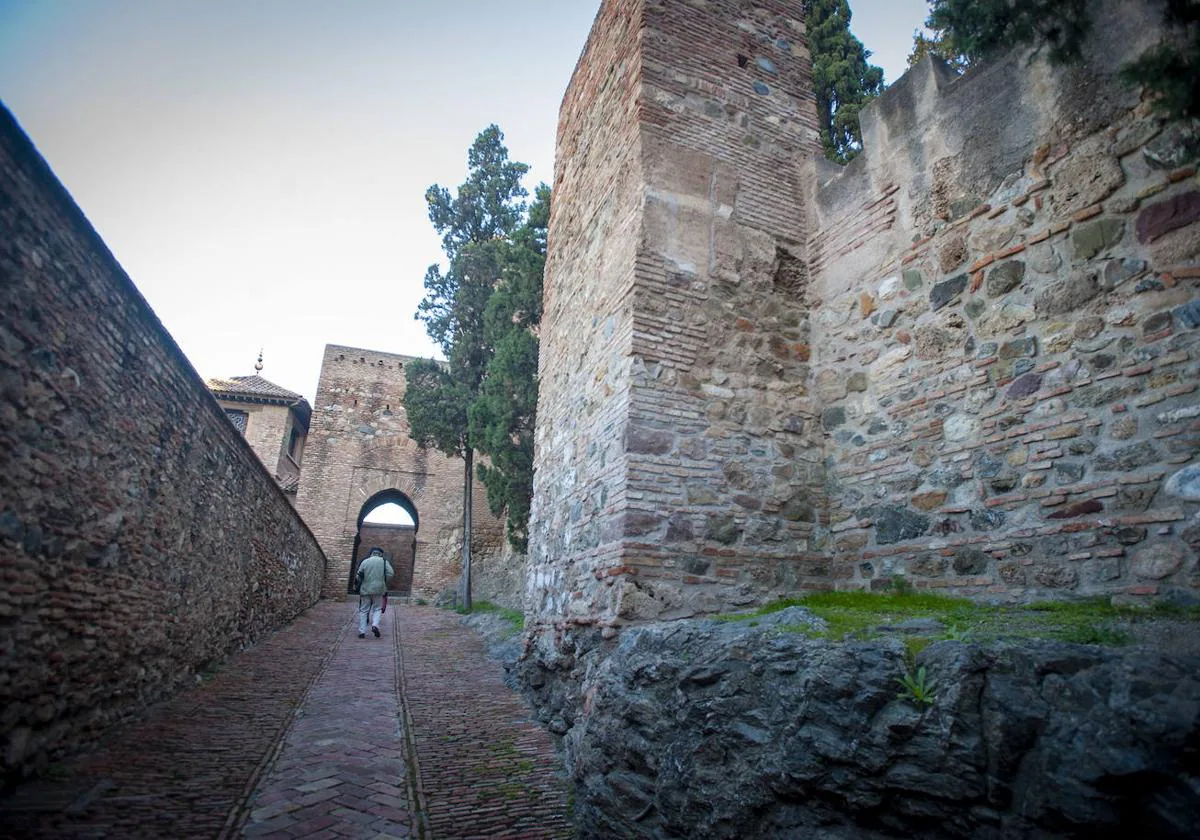The Alcazaba: the Andalusian citadel with almost a millennium of history
From the outside its impressive walls and towers are just a small foretaste of what visitors to Malaga city can visit and explore inside
Built on one of the slopes of the Gibralfaro, the hill that rises up from Malaga city centre, the Alcazaba is the area's most important building from its Moorish past. From the outside its impressive walls and towers are just a small foretaste of what visitors can visit and explore inside.
The Alcazaba is currently one of the most visited monuments in the city of Malaga. Despite its clear links with the al-Andalus culture, this fortress has earlier foundations dating back to the Phoenicians, who were the first to appreciate that the Bay of Malaga could be perfectly observed from this hill.
The walled citadel - the word 'Alcazaba' comes from the Arabic 'al kasbah', meaning citadel - ddates back to the 11th century. According to the historical accounts of the time, it was the Berber king Badis ben Habus who ordered it to be built on the rock between 1057 and 1063. Columns and stones from the adjacent Roman theatre were used for its construction.
A large number of rooms are still visible in this fortress, including the Plaza de Armas, where the artillery was once located and which today is a beautiful Arabic-style courtyard, as well as the Puerta de los Arcos (Gate of the Arches). The highest part of the walled enclosure preserves a good part of the structures that it had during the 14th century, before the decline of the Nasrid kingdom, which would end up falling in the following century. Particularly outstanding in the upper part are what are known as the Quarters of Granada, where the governors and leaders of the time resided.
Also of note in the upper enclosure is the keep, which in turn was built on top of an earlier tower from the 11th century, which was smaller. There are also other important towers, such as the Torre de los Arcos.
In the easternmost part of the latter enclosure, archaeological excavations have uncovered the remains of a cluster of small houses consisting of three blocks between paved streets.
The defensive system of the Alcazaba is one of the most interesting that can be seen today, thanks to its good state of conservation, but also because of the security it offered. To reach the Alcazaba you first had to pass through the so-called 'entrance fortifications', which, in short, are a set of walls and gates that were a major obstacle to those who wanted to take the citadel. After the capture of Malaga by Ferdinand the Catholic, the Alcazaba was ransacked and abandoned. Part of its structure was used to build the Coracha neigbourhood. It was not until the early years of the last century that the first reconstruction works were carried out.

